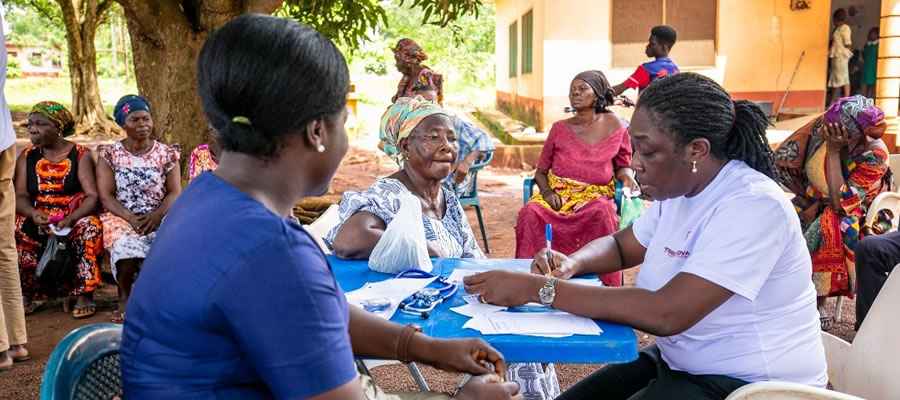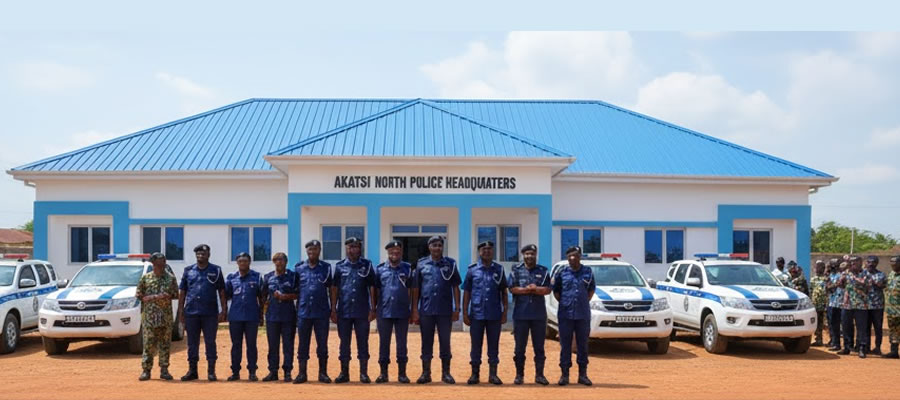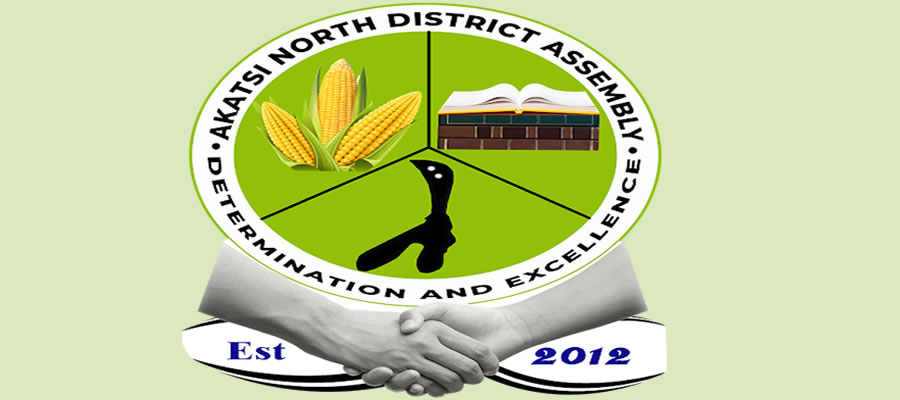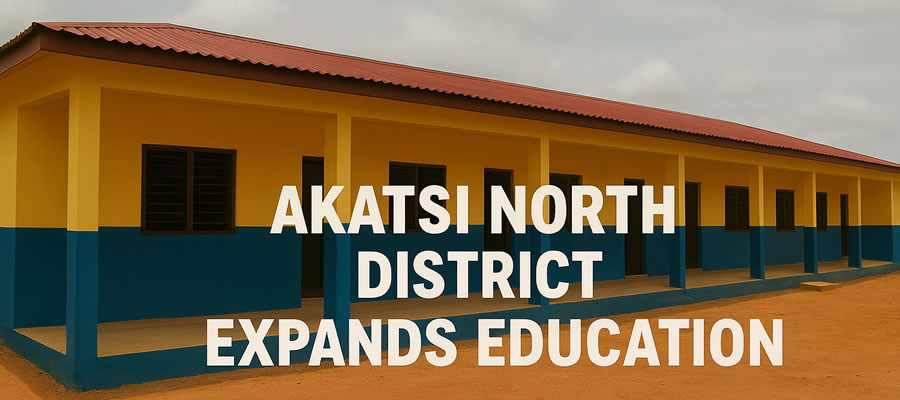
Toilet Facilities
The three main toilet facilities available to households in the districts are public toilets (30.0%), pit latrine in the house (22.6%) and KVIP (12.8%). In addition, about a quarter (27.7%) of households have no facilities and therefore resort to the use of the bush and the beach. Very low proportions (4.9%) of households in Keta use the pit latrine while 43.4% of its households use the bush or the beach. That fact that households in Keta, one of the most urbanized districts in the region, should use the beach and bushes as a toilet facility is a serious health challenge to the people.
This situation is more serious in Nkwanta North where a small proportion of households (5.6%) use pit latrines in comparison to 78.8 percent of households using the bush. Most other districts in which high proportions of households use pit latrines also have relatively low proportions of households using the bush. There are also wide differences in the use of water closet (WC) among the districts. The use of the facility ranges from a high of 18.9 percent in Ho Municipality to a low of 0.3 percent in Nkwanta North.
Solid Waste Disposal
About 41.3 percent of households in the region dispose of solid waste at public dumps (open space), 16.6 percent at public dumps (container), 15.9 percent of households burn their solid waste, while 13.7 percent dump their solid waste indiscriminately. A similar pattern of solid waste disposal is observed in all the districts. On the other hand, just 6.1 percent of households have their solid waste collected.
The proportion of households with access to solid waste collection is relatively high in Akatsi (10.8%), North Tongu (10.2%) and Krachi West (10.0%). In view of poor maintenance of public dump sites, this pattern of solid waste disposal poses health hazards. The burning of solid waste by households is highest in South Tongu (39.9%) and lowest in Nkwanta South (4.3 %). The other districts where relatively high proportions of households burn their solid waste are North Tongu (27.3%), Akatsi (25.5%) and South Dayi (23.8%).
Liquid Waste Disposal
The pattern of household liquid waste disposal is nearly uniform throughout the 18 districts. Most households dispose of liquid waste on the compound (52.2%) or on to the street (31.1%, but 49% in urbanized Keta). The use of a gutter in front of the house is minimal in households in South Tongu, Keta, Ketu and Akatsi but is relatively higher than the regional average in Ho, South Dayi, North Dayi, Hohoe, Biakoye and Kadjebi. In effect, North Tongu, Ho and Krachi East are the districts where few households dispose of liquid waste onto the street or somewhere outside the house.
Bathing Facilities
There are four main sources of household bathing facilities in the region: bathroom for exclusive use, shared bathrooms, open cubicle for private use and shared open cubicles. Together these constitute about 86.5 percent of bathing facilities of households. The table further shows that 34.0 percent of households have their own bathroom for exclusive use and about one-quarter (22.5%) share a separate bathroom in the same house, while close to one in five households (19.9%) share an open cubicle.
The percentage of households using other bathing facilities such as river/pond/lake/dam is negligible (0.3%). Across districts, most households either have their own bathrooms for exclusive or share bathing facilities in the same house. However, a substantial proportions of households share an open cubicle in districts such as Jasikan (26.9%), Hohoe (25.0%), Ho (23.5%), Ketu South (25.0%).
Date Created : 12/14/2017 4:48:40 AM












 facebook
facebook
 twitter
twitter
 Youtube
Youtube
 +233 593 831 280
+233 593 831 280 0800 430 430
0800 430 430 GPS: GE-231-4383
GPS: GE-231-4383 info@ghanadistricts.com
info@ghanadistricts.com Box GP1044, Accra, Ghana
Box GP1044, Accra, Ghana